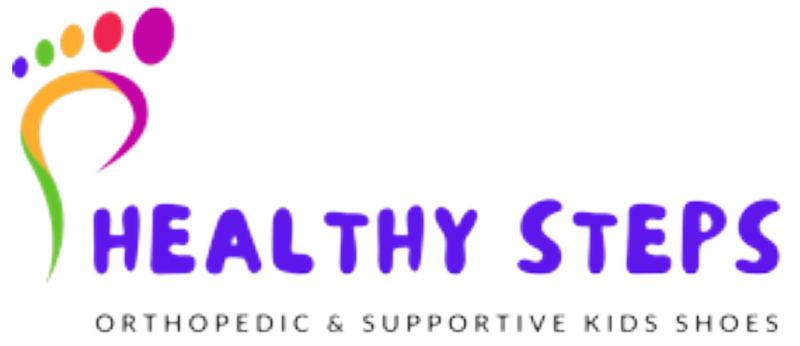Introduction:
Choosing the right kids' shoes is a critical task for any parent who prioritises their child’s comfort and healthy foot development. In this article, we'll explore key factors to consider when selecting shoes, including orthopedic shoes and school shoes designed to support proper posture and foot health. By making informed choices, you can protect your child’s growing feet and foster lifelong wellbeing.
1. Why Invest in Orthopedic Shoes for Children?
Orthopedic shoes provide crucial support and stability for children, especially for those with foot or posture issues. Unlike regular shoes, orthopedic options offer features such as arch support, cushioning, and reinforced heel counters to guide proper foot alignment. Investing in kids' shoes that focus on orthopedic health minimises the risk of foot deformities, enhances balance, and reduces discomfort during growth spurts.
Key Benefits of Orthopedic Shoes:
- Support for Developing Feet: Proper arch support promotes the natural alignment of a child's foot and spine, reducing long-term health risks.
- Durability and Comfort: Made with high-quality, breathable materials, these shoes allow the foot to breathe while providing ample cushioning.
- Corrective Features: Designed to address foot abnormalities, these shoes help children with flat feet, pronation issues, or specific orthopaedic needs maintain a healthy gait.
2. School Shoes: Prioritising Comfort and Health
Children spend most of their day at school, making school shoes a vital part of their daily wardrobe. Poorly fitting shoes can lead to blisters, aches, and long-term foot issues, affecting their concentration and overall performance. Choosing shoes that balance comfort with support ensures that children can run, play, and learn without compromising their foot health.
Characteristics of Good School Shoes:
- Flexible Soles: Flexibility is key for natural movement, reducing the strain on young, growing muscles.
- Secure Fit: Adjustable straps or laces offer a snug fit to prevent slipping and provide ankle stability.
- Non-Slip Outsoles: Shoes with slip-resistant soles ensure better grip and safety on various surfaces.
3. Tips for Choosing the Right Kids' Shoes:
Parents often face overwhelming choices when shopping for kids' shoes. Here's how to ensure you pick the best option:
- Measure Foot Size Regularly: Children's feet grow rapidly, so frequent measurements are necessary to find the correct fit.
- Look for Breathable Materials: Leather and mesh allow air circulation, preventing sweat accumulation and reducing the risk of fungal infections.
- Opt for Lightweight Shoes: Heavy shoes can tire young legs, so prioritise lightweight designs for everyday wear.
- Avoid Hand-Me-Downs: Second-hand shoes may appear cost-effective but can lead to issues since each child wears shoes differently, moulding them to their unique foot shape.
4. Why Healthy Footwear Matters for a Child’s Development:
From a child’s first steps to their adventures on the playground, wearing the right shoes impacts more than just their feet. Properly fitted kids' shoes influence their posture, balance, and even their spinal development. Many foot problems that occur in adulthood, such as bunions or plantar fasciitis, often stem from poorly fitting childhood footwear. As parents, ensuring that your child wears appropriate shoes means prioritising their health and confidence.
5. When to Consider Orthopedic Shoes:
Parents may wonder when to transition from standard kids' shoes to orthopedic shoes. Here are signs that indicate a need for specialised footwear:
- Frequent Foot Pain: Complaints of foot or leg pain, especially after prolonged walking or standing.
- Pronounced Arch Issues: Either flat feet or extremely high arches that may cause instability.
- Visible Gait Problems: Inward or outward turning feet, difficulty walking, or other unusual walking patterns.
Consulting a paediatric orthopaedist can provide tailored recommendations to support your child’s specific foot needs.
6. How to Encourage Children to Wear Healthy Shoes:
Getting children to love wearing healthy, supportive shoes can be challenging. Here are a few tips:
- Involve Them in the Selection: Let them choose from a selection of health-friendly options that are colourful and stylish.
- Explain the Importance: Educate them on why wearing certain shoes is beneficial, using simple terms like “happy feet make a happy you.”
- Look for Fun Designs: Many brands offer orthopedic shoes with designs that appeal to children, making them excited to wear them daily.

